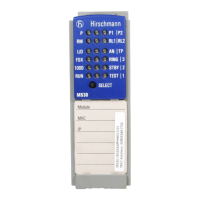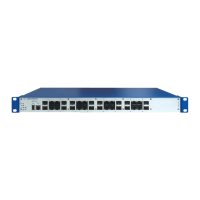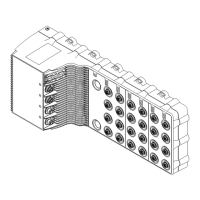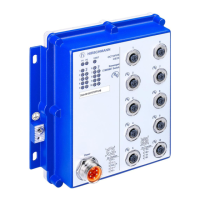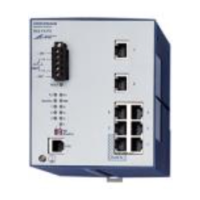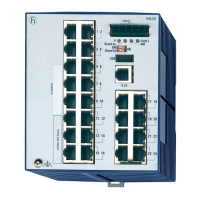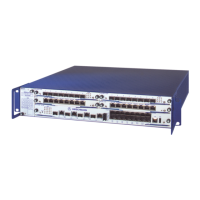Operation Diagnostics
188
9.9
IP Address Conflict Detection
Basic - L3P
Release
3.1
06/07
9.9 IP Address Conflict Detection
9.9.1 Description of IP address conflicts
By definition, each IP address may only be assigned once within a subnet-
work. Should two or more devices erroneously share the same IP address
within one subnetwork, this will inevitably lead to malfunctions including com
-
munication disruptions with devices that have this IP address.
In his Internet draft, Stuart Cheshire describes a mechanism that industrial
Ethernet devices can use to detect and eliminate address conflicts (Address
Conflict Detection, ACD).
Mode Meaning
enable Enables active and passive detection.
disable Disables the function
activeDetectionOnly Enables active detection only.
After connection has been made to a network or after an IP address has
been configured, the switch checks immediately if the IP address
already exists within the network.
If the IP address already exists, the switch will return to the previous
configuration, if possible, and make another attempt after 15 seconds. At
any rate, the switch will not connect to the network with a double IP
address.
passiveOnly Enables passive detection only. The switch listens passively to the
network to determine if the IP address already exists. If it detects a
double IP address, it will initially defend its address by employing the
ACD mechanism and sending out gratuitous ARPs. If the remote
connection does not disconnect from the network, the management
interface of the local switch will then disconnect from the network. Every
15 seconds, it will poll the network to determine if there is still an address
conflict. If not, it will connect back to the network.
Table 16: Possible address conflict operation modes

